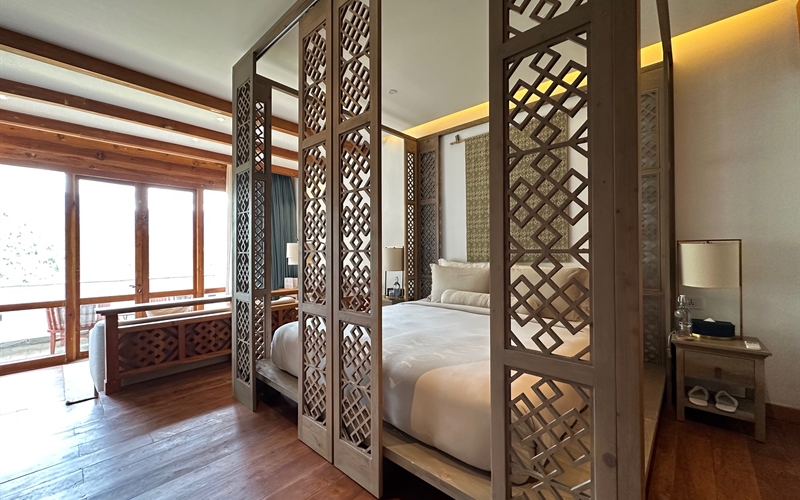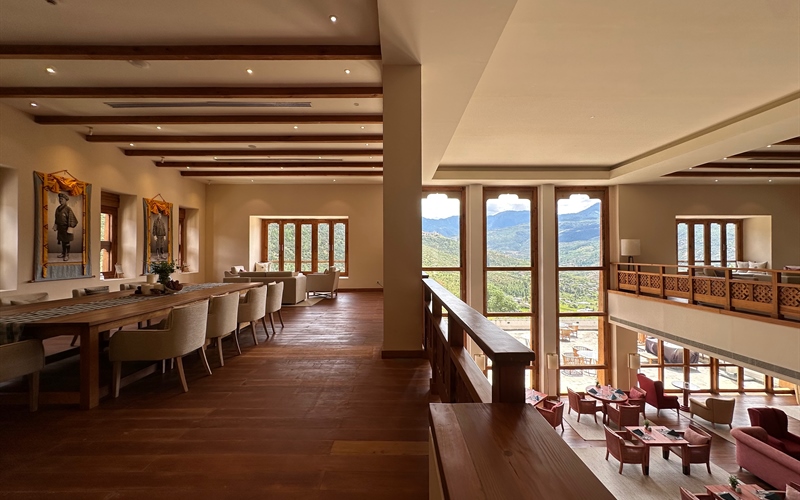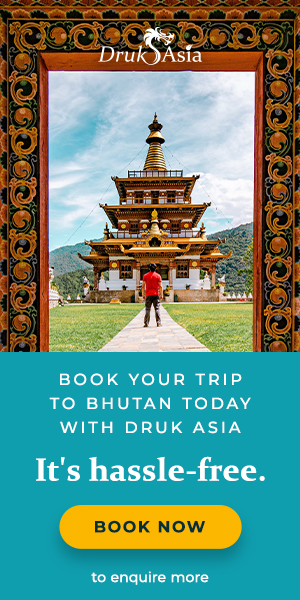Passion and Purpose: From Traditional Rituals to Wellness Doctor at Bhutan Spirit Sanctuary
From humble beginnings in Eastern Bhutan to guiding guests at a five-star wellness sanctuary, Dr. Kelzang Dorji shares how compassion, nature, and ancient Bhutanese medicine inspire true healing and purpose.
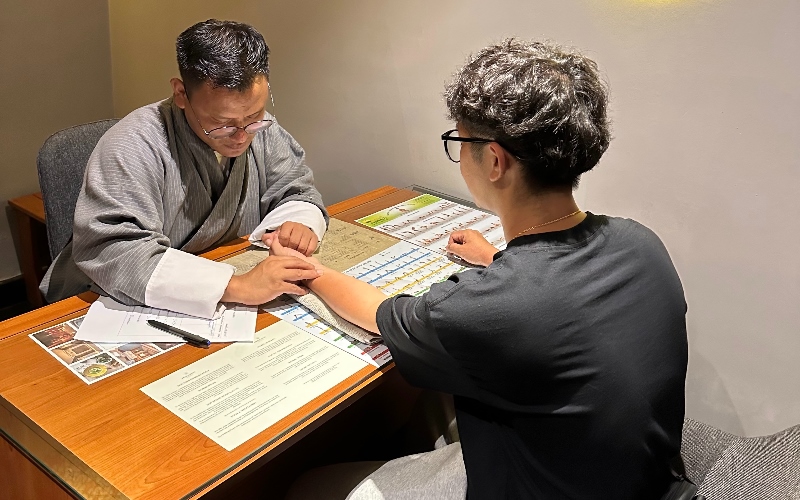
Can you share a little about your background?
I was born in one of the remote corners of Eastern Bhutan, where access to education and healthcare was limited but community spirit was strong. My early life was filled with challenges that shaped my resilience and compassion. As a young boy, I walked two hours each way to attend school, crossing rivers and steep trails through rain and sun.
A turning point came when I nearly lost my life to a severe illness. With no roads or hospitals nearby, my parents carried me on their backs toward the nearest health center. I was so close to death that villagers believed I would not survive the journey. Yet, through prayers and traditional rituals performed at home, I miraculously recovered. That experience taught me the true power of hope, nature, and traditional healing — lessons that have guided me ever since.
Today, I serve as a wellness doctor at Bhutan Spirit Sanctuary, where I blend traditional Bhutanese medicine (Sowa Rigpa) with modern wellness practices. My path from a small village boy to a traditional healer has been one of learning, gratitude, and service to others.
What first inspired you to pursue traditional Bhutanese medicine?
My inspiration was born from both suffering and wonder. During my childhood illness, when modern treatment was out of reach, it was the compassion of my parents and the strength of traditional rituals that brought me back to life.
Later, as a teenager, I injured my hand while woodworking. My father applied the juice of a wild plant — Mugwort — which stopped the bleeding instantly. I was amazed by how nature could heal with such simplicity and grace.
That moment awakened something deep within me. I realized that traditional knowledge, passed down through generations, holds immense wisdom and healing potential. From that day forward, I was determined to study Sowa Rigpa and dedicate my life to healing others — not just their bodies, but their minds and spirits as well.
Can you tell us more about the traditional medicine clinic and your role at Bhutan Spirit Sanctuary?
At Bhutan Spirit Sanctuary, traditional Bhutanese medicine forms the heart of the wellness experience. As in-house Drungtsho (Traditional Medicine Physician), we assess each guest’s health through pulse reading, consultation, and body analysis. Based on their constitution and imbalance, we design personalized wellness programs that balance mind, body, and spirit through meditation, sound healing, massage, hot oil compression, moxibustion, and herbal teas. My role is to help guests reconnect with their natural state of balance and vitality.
Can you share a memorable moment from your training as a Drungtsho?
One unforgettable experience was my first time harvesting herbs in the mountains with my teachers. We were taught not just to collect plants, but to approach them with prayer and gratitude. That moment taught me that medicine begins with intention — every plant has a spirit, and healing begins when we approach it with mindfulness and respect.
How long have you been a traditional Bhutanese physician?
I have been practicing traditional Bhutanese medicine for several years in wellness settings. Each year deepens my understanding that true healing is not only about treating disease but nurturing balance in lifestyle, emotions, and spirit.
Could you explain the main methods of diagnosis used in Sowa Rigpa?
We use three main diagnostic methods: observation, questioning, and pulse reading.
- Observation involves studying a person’s complexion, tongue, and behavior.
- Questioning helps us understand diet, emotions, and lifestyle.
- Pulse reading is the most refined — by feeling the rhythm and depth of the pulse, we detect internal imbalances among the three principal energies (rLung, mKhris-pa, and Bad-kan).
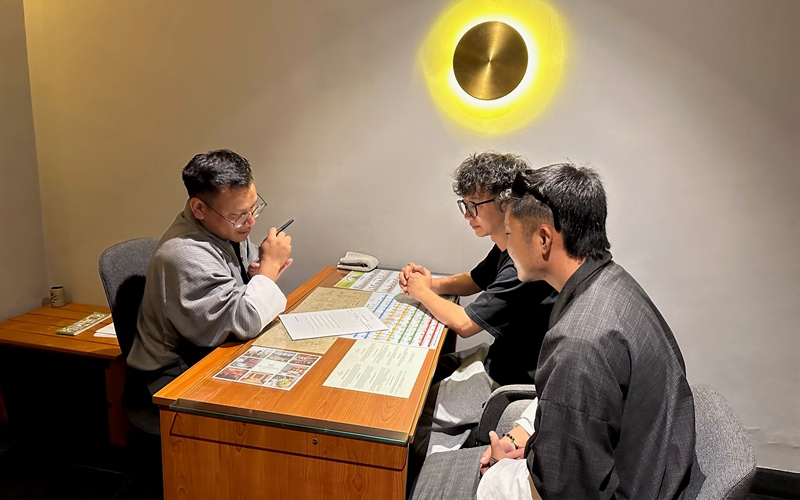
How are medicinal herbs selected and prepared?
Herbs are chosen based on their elemental qualities and the patient’s imbalance. We consider taste, potency, and post-digestive effect. Preparation is done mindfully — some herbs are dried and powdered, others are decocted, roasted, or infused into oils. Purity, timing, and the healer’s intention are essential throughout the process.
Illness is often linked to karma or spirits in Bhutan. How does this shape the treatment process?
In Buddhist philosophy or Traditional Medicine of Bhutan, we recognize that some illnesses arise from karmic causes or disturbances of local spirits. In such cases, physical medicine alone is not enough. We combine herbal remedies with spiritual healing — including mantra recitation, smoke offerings, or water blessings — to purify negative energy and restore harmony between the person, environment, and spirit.
What are the biggest challenges facing Bhutanese traditional medicine today?
Environmental change is the biggest concern, as shifting climates threaten the natural habitats of medicinal plants. Education is another — we must continue research and documentation so future practitioners preserve both ancient wisdom and scientific insight. Lastly, we must protect our cultural values, ensuring that compassion and spiritual understanding remain central to healing.
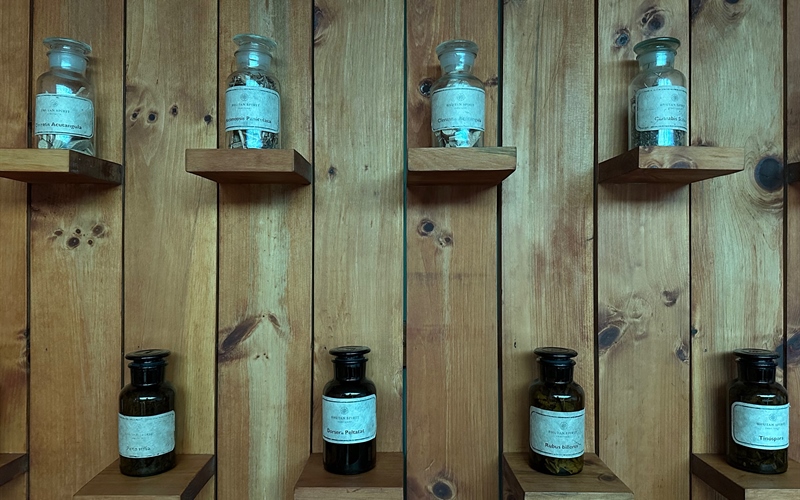
How do you ensure sustainable harvesting of medicinal plants?
We follow strict ecological guidelines — harvesting only when plants reach full potency and never from the same site repeatedly. We also preserve seeds and promote community awareness about responsible collection. Sustainability is sacred; we take only what is needed and always offer gratitude in return.
What makes Sowa Rigpa unique compared to Ayurveda or Tibetan medicine?
Sowa Rigpa shares a deep root with Ayurveda and Tibetan medicine but evolved uniquely within Bhutan’s landscape. It integrates Himalayan spirituality, Buddhist philosophy, and indigenous botanical knowledge. Its uniqueness lies in its compassion-centered approach and its emphasis on mental and spiritual wellbeing as inseparable from physical health.
What are some of the most popular treatments offered at Bhutan Spirit Sanctuary?
Our most requested therapies include herbal compression, hot oil compression, moxibustion, sound healing, and Ku-Nye massage. These treatments release muscular tension, calm emotions, and restore spiritual clarity. Each session is customized to the guest’s nyes-pa (body constitution) and offered with deep compassion and awareness.
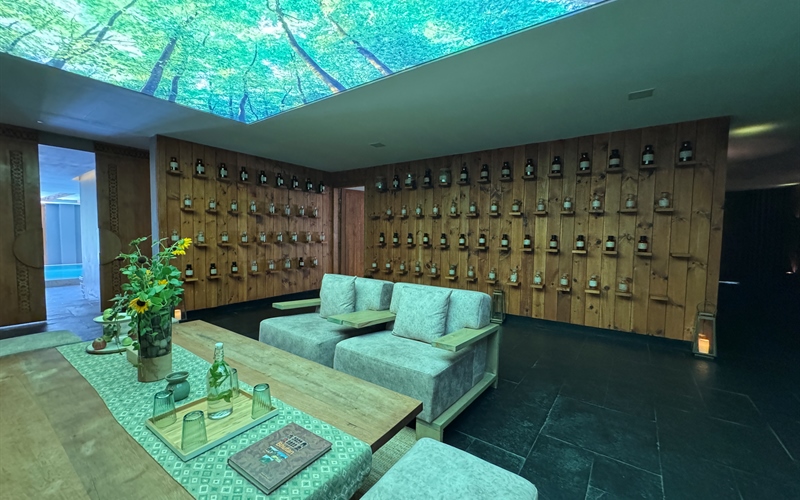
If you could share one piece of wisdom about healing, what would it be?
True healing begins when we listen to ourselves. The body whispers before it shouts. When we eat mindfully, rest deeply, and live with compassion, we move in harmony with nature’s rhythm. Wellness is not something to chase — it is something we remember.
How do you envision the future of Bhutanese traditional medicine?
I see Traditional Medicine as a bridge between ancient wisdom and modern wellness. With research, education, and global collaboration, it can inspire sustainable healthcare models worldwide. I hope to see young Bhutanese carrying this lineage forward with pride — aligned with His Majesty’s vision for Gelephu Mindfulness City, where ancient healing meets the modern world’s need for mindful living.
If you could preserve one traditional healing method for future generations, what would it be?
The art of pulse reading. It is the heart of our diagnostic tradition and a profound connection between healer and patient. Pulse reading cultivates intuition, patience, and compassion — virtues that extend far beyond medicine.
What advice would you give someone seeking a more balanced life?
Live simply. Eat according to your body and the season. Sleep early, breathe deeply, and spend time in nature. Practice kindness — to yourself and others. Balance is not found outside but cultivated within. When body, mind, and spirit move in harmony, health naturally blossoms.
About Dr. Kelzang Dorji
Dr. Kelzang Dorji is one of the two Traditional Bhutanese Medicine Doctors (Drungtsho) and Wellness Consultant at Bhutan Spirit Sanctuary. He specializes in Sowa Rigpa, the ancient Himalayan system of healing, offering treatments that harmonize body, mind, and spirit through herbal therapies, pulse diagnosis, moxibustion, oil compressions, and sound healing.
Rooted in Bhutan’s deep spiritual and natural heritage, Dr. Kelzang’s philosophy centers on compassion, mindfulness, and balance. His life’s mission is to preserve the wisdom of traditional healing while bridging it with the modern world — nurturing true wellbeing through harmony with nature.
About Bhutan Spirit Sanctuary
Bhutan Spirit Sanctuary is a five-star wellness haven tucked deep within the tranquil Neyphug Valley near Paro, where luxury meets the country’s ancient art of healing. Upon arrival, each guest has their pulse read by in-house traditional medicine doctors, who tailor daily herbal remedies, therapies, and rituals to restore inner balance.
The idea is not to simply relax, but to heal and reconnect with yourself through the country’s ancient wisdom and pristine nature. Every guest is offered one complimentary wellness treatment during their stay, such as hot stone baths, herbal compress therapy, or massages rooted in Bhutanese medicine.
Mornings often begin with guided yoga and meditation sessions overlooking the valley—an ideal way to centre your mind before exploring the Kingdom or indulging in farm-to-table meals made with local organic ingredients.
Every moment at Bhutan Spirit Sanctuary is designed to help you reset, renew, and reconnect with what truly matters. The sanctuary also welcomes external walk-in guests for consultations and treatments, subject to availability. As appointments can fill up quickly, it’s best to secure your slot early to avoid disappointment.
Book your Bhutan Spirit Sanctuary wellness retreat.

